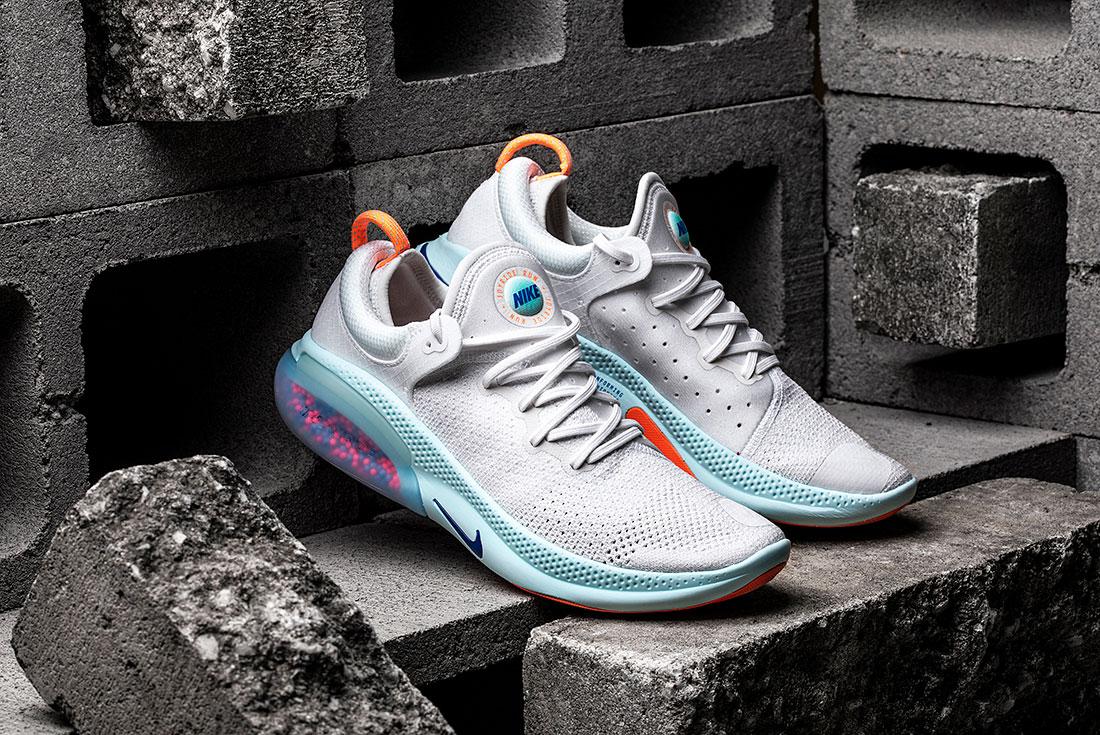Join the Joyride: The Story Behind Nike’s Latest Running Tech
With cushioning technology 10 years in the making, the is a revelation for the Swoosh, each sneaker containing thousands of individual TPE beads that shift depending on your own unique running style.
Propelled by the idea of stepping into sand, the Joyride is one of the most innovative cushioning systems we’ve seen from Nike in recent memory and, like the React, Lunarlon, Free and Air that preceded it, will no doubt continue to adapt, evolve and transform over time.
Sneaker Freaker linked up with William Moroski, senior product manager at Nike, to talk all things Joyride ahead of the release.
